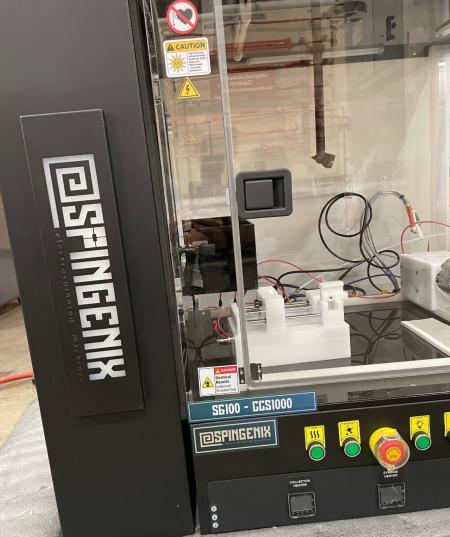Unit Operations Lab
The department’s well-equipped Unit Operations Laboratory includes modules of major process units to support undergraduate instruction in the core areas of thermodynamics, fluids, separation, heat and mass transport, reaction engineering, and process control.
There can be two stages of designing a chemical processing plant. In the “lab-scale” development stage, chemical reactions and process parameters can be initially tested and optimized while using small batch amounts of material. The next stage, that is the “pilot-scale” may require flow systems with pumps, pipes and flow-through vessels while incorporating safety mechanisms, data acquisition from sensors and process control algorithms. The final stage would then be full-scale deployment in an industrial setting. Pilot-scale equipment allows chemical engineering students to operate equipment that is has similar attributes as industrial scale equipment.
Continuous Distillation Column
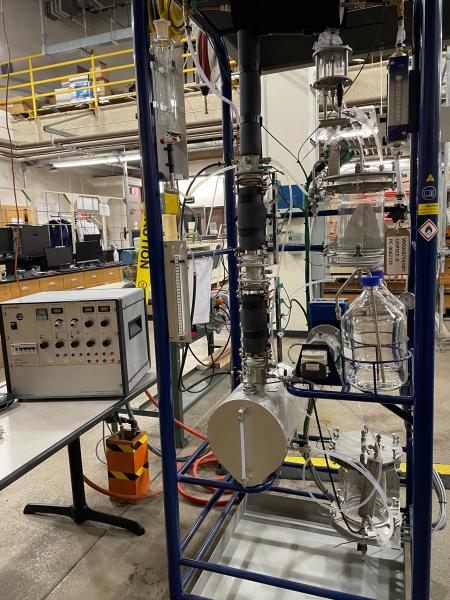
Total reflux distillation Column
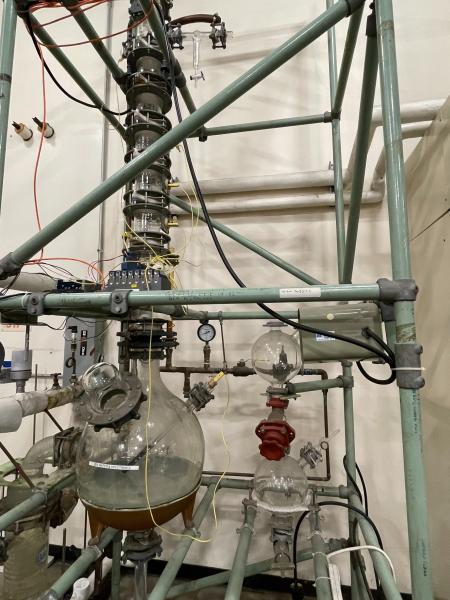
Dual packed columns for gas absorption
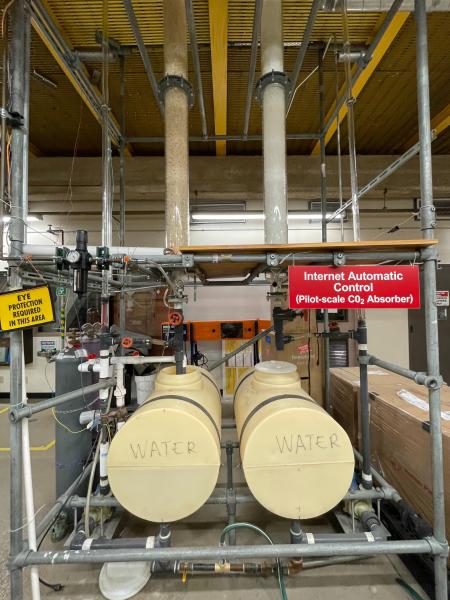
Packed column for gas absorption
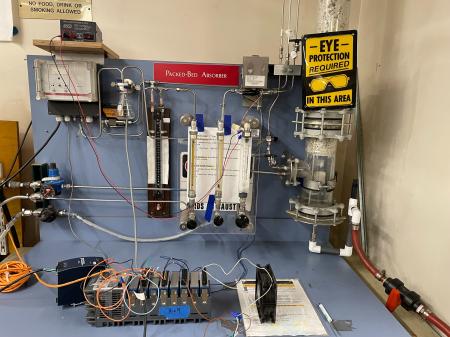
Double-pipe heat exchanger
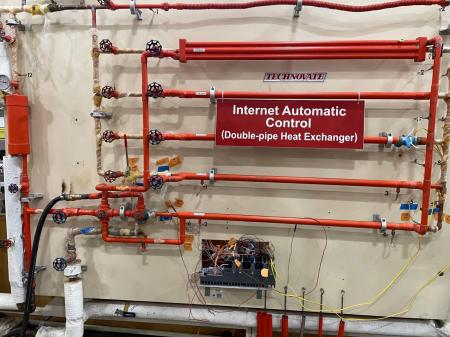
Double-Effect evaporator

Liquid-Liquid extraction column
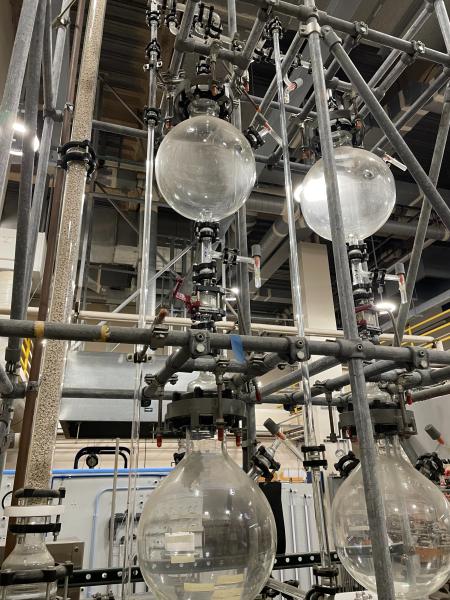
Fundamentals of Chemical Engineering
The core subject areas of chemical engineering are thermodynamics, fluid mechanics, heat and mass transfer, chemical reactions and process control. We provide educational lab equipment so that students can enhance their understanding of these foundational concepts.
Continuous Stirred Tank Reactor
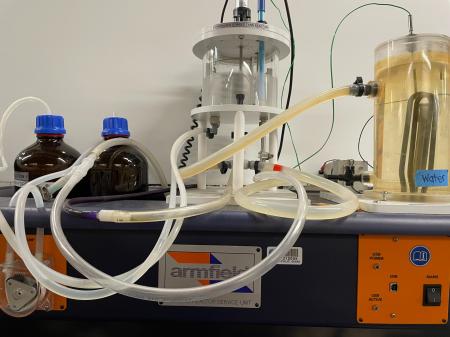
Isothermal Batch Chemical Reactor
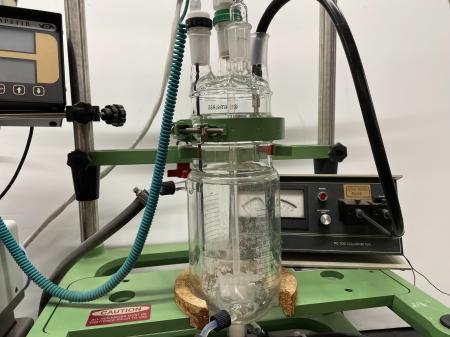
Flow, Level and Temperature Process Control
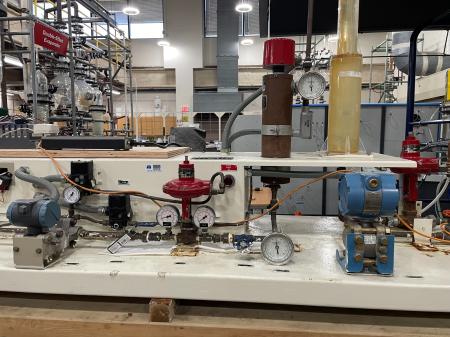
Vapor-Compression refrigeration
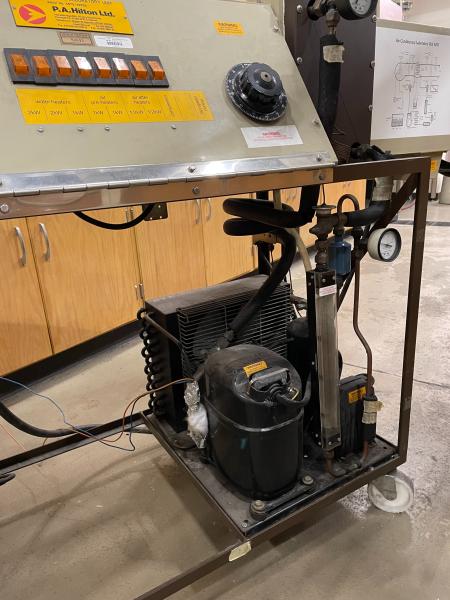
Evaporative Cooling Tower

Fluid mechanics through piping system
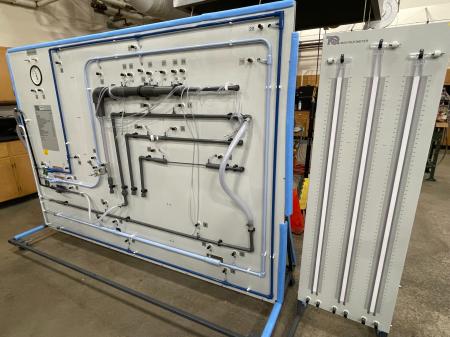
Rotational viscometer

Steady-State convective heat transfer unit
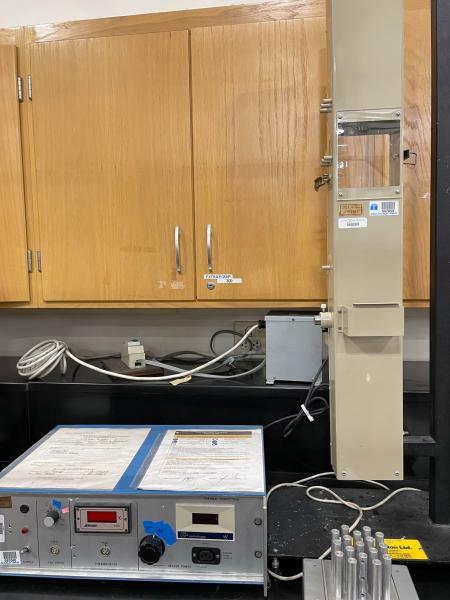
Steady-state conductive heat transfer unit
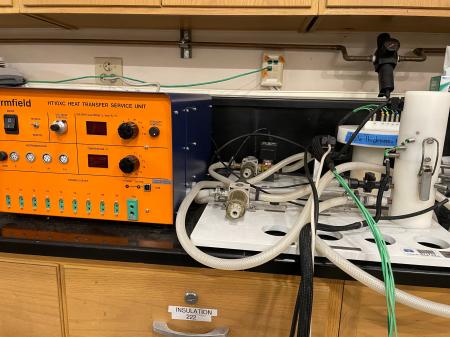
Fluid mechanics of tank draining

Fluidized Bed
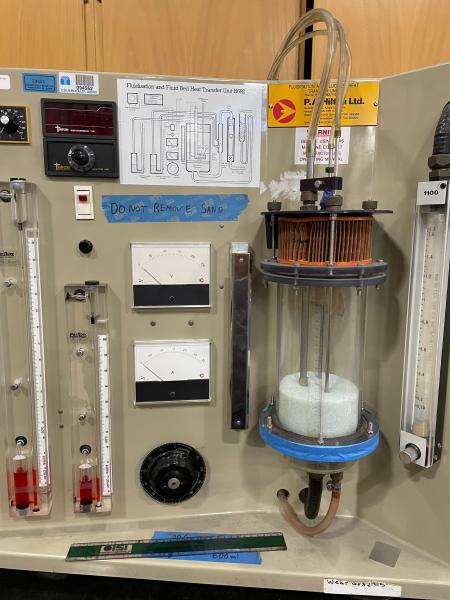
Tray Dryer for heat and mass transfer
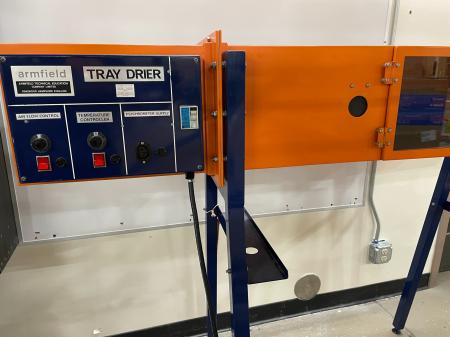
Pool Boiling

Chemical engineering students can learn how to deploy state-of-the-art technologies for process control and automation. We have various hardware platforms that are currently utilized by industry. These skills are in high demand as we manufacture high-value products domestically in America.
National Instruments hardware & LabVIEW software
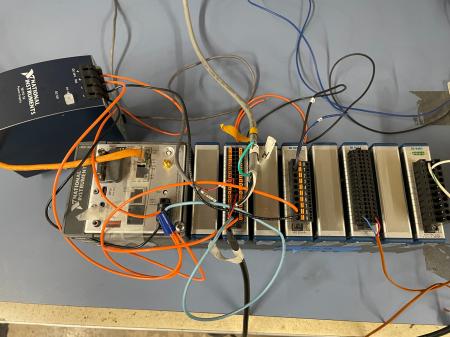
Programmable Logic Controllers: Allen-Bradely, Siemens, Arduino and Automation Direct
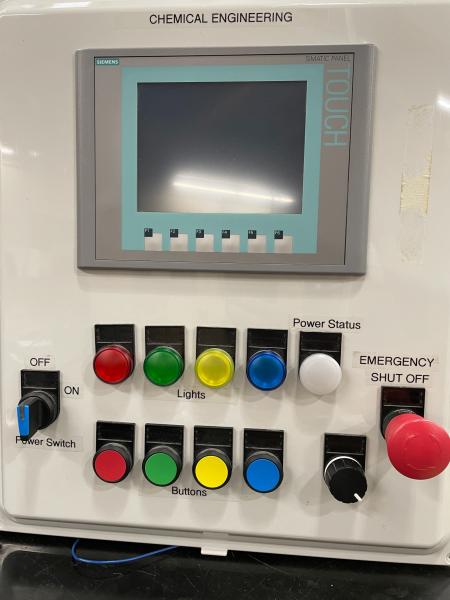
Arduino boards & sensors
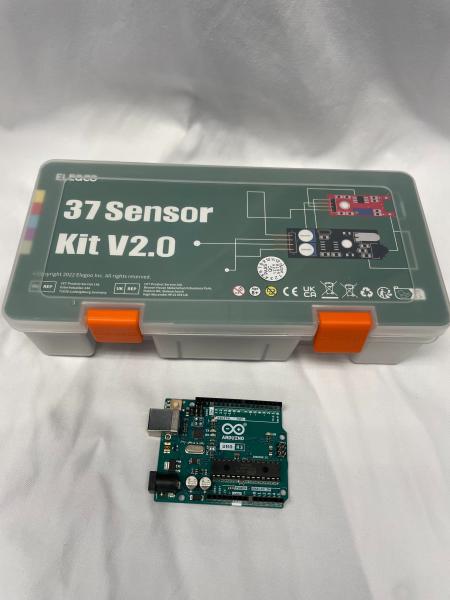
P.I.D. temperature control and machine learning
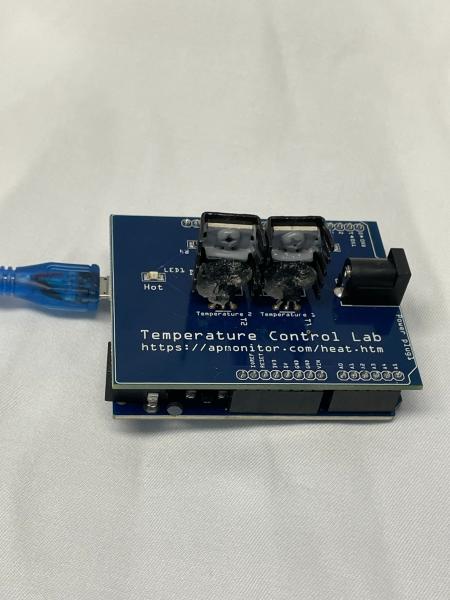
Flow, Level and temperature process control station
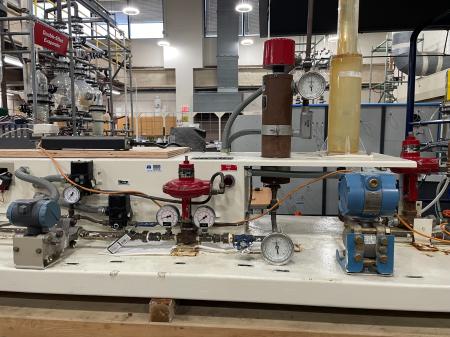
Chemical engineering students can gain the skills needed for producing and testing drinking water. In our lab, we have water purification systems, water treatment apparatus and multiple instruments to analyze the quality of drinking water.
Ultrapure water filtration
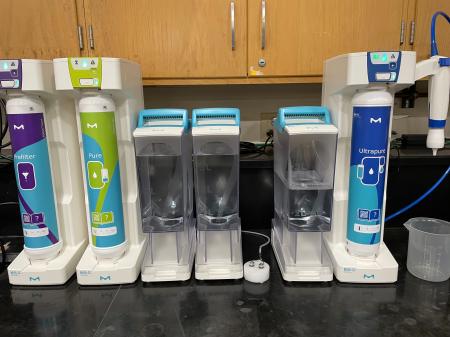
Reverse/Forward osmosis membrane filtration
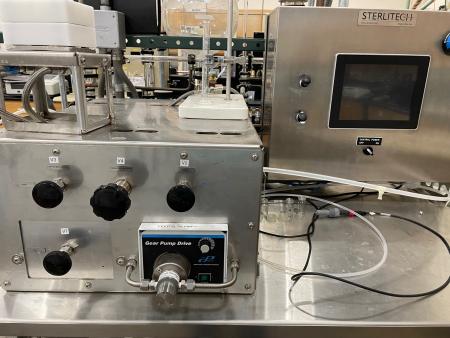
Rotary vacuum filtration for water treatment
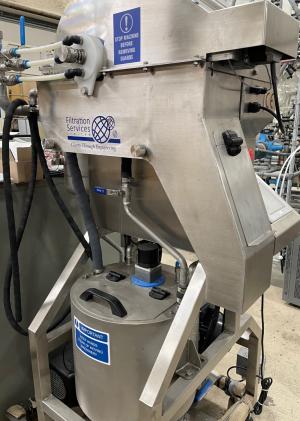
Benchtop acid/base chemical reactor
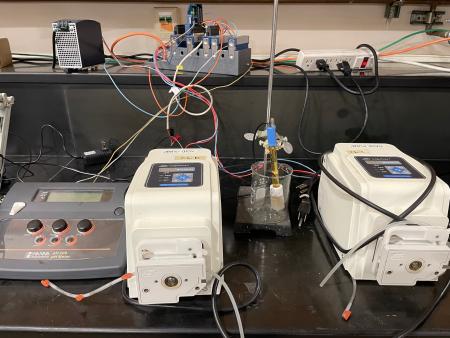
Water distiller
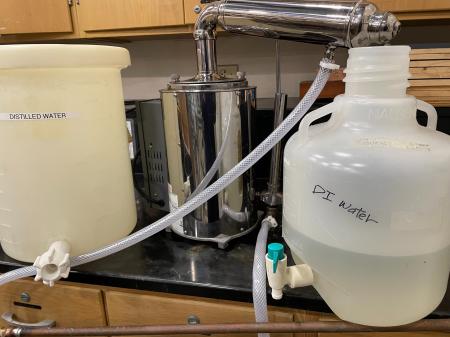
Benchtop water conductivity sensor
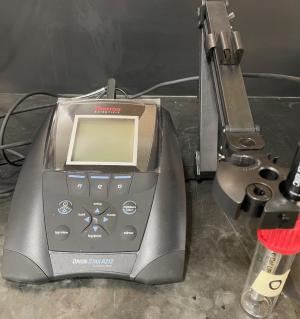
Benchtop water dissolved oxygen sensor
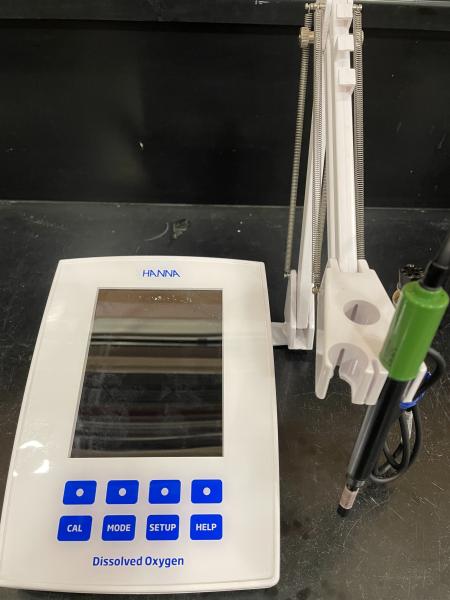
Benchtop water pH sensor
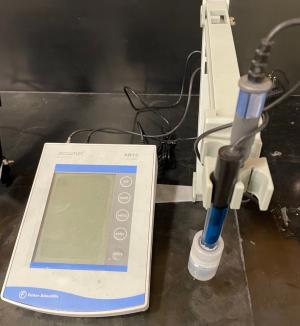
Handheld water turbidity sensor
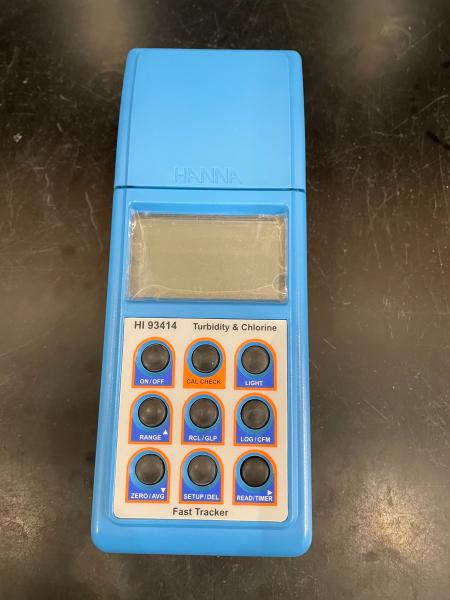
UV-Vis spectrophotometer
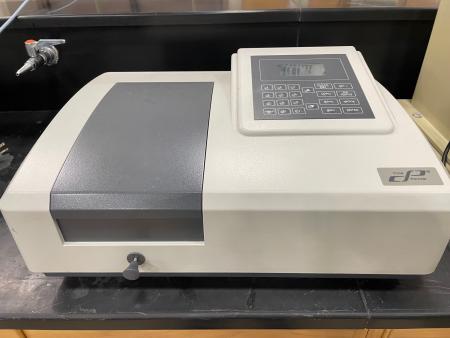
Hydrometer for water sedimentation studies
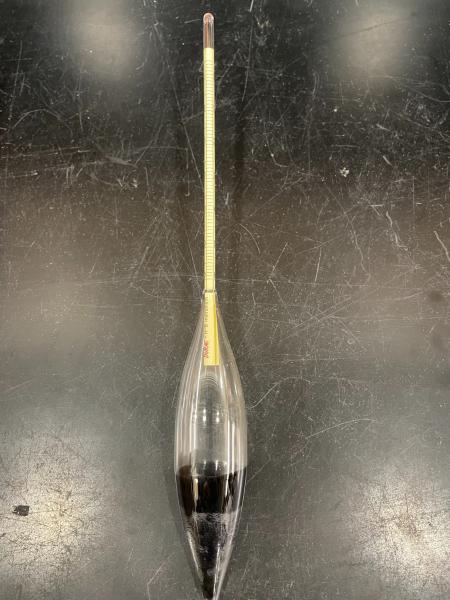
Easy-to-learn software and low-cost fabrication devices make it relatively easy for individuals to bring their ideas to reality. We have in our lab a few 3-D printers and a laser cutter that can be used for rapid prototyping of solid objects. In addition, we have an electro spinner for making engineered surface layers.
Bambu Lab P1S 3D Printer

Bambu Lab X1-Carbon 3D Printer

Formlabs “4” 3D Printer
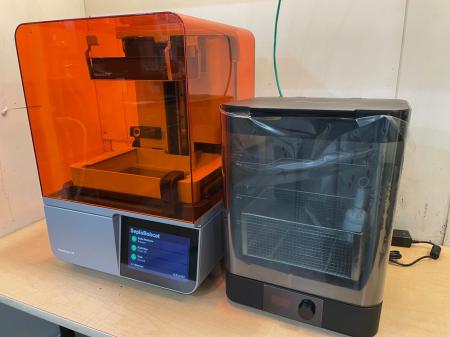
Epilog Laser Cutter
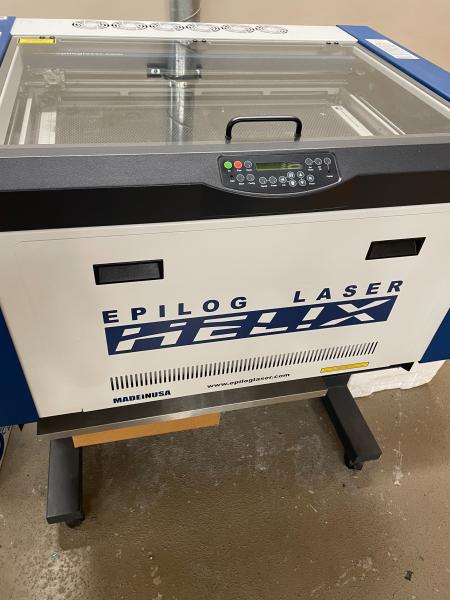
Spingenix SG100 Electrospinner
